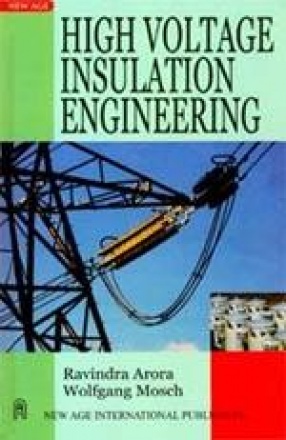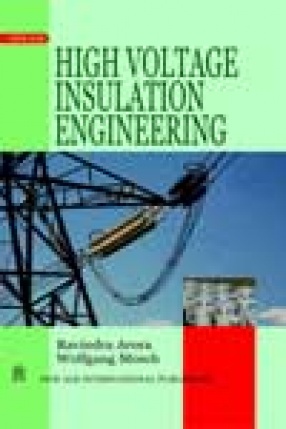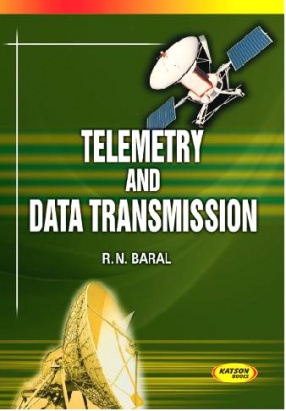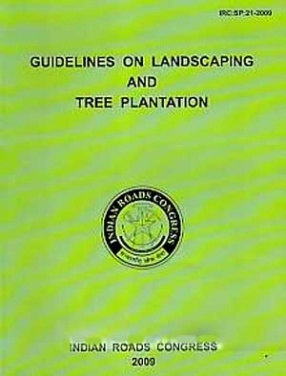This book covers in detail the behaviour of gaseous, liquid and solid dielectric, including vacuum, in electric fields present in high voltage power systems. Insulting materials are classified according to their sources, production and applications before describing their dielectric properties. Their performance under dc, ac and impulse voltages is described for all the three configurations of fields defined as uniform, weakly nonuniform and extremely nonuniform. Analytical and computational methods of electric stress estimation in the dielectrics as well as stress control and optimization techniques are also covered. While describing the breakdown strengths, a distinction is made between intrinsic and practical strengths of the dielectrics. Factors, which influence the breakdown have been emphasized. Efforts have been made in selecting actual measured characteristics from the vast number of literature referred. A reader would find it of practical importance. Contents of the book have been evolved from the graduate level courses developed for the curricula at “Technische Universitat Dresdenâ€, Germany and “Indian Institute of Technology Kanpurâ€, India. These should also be useful and of sufficient interest to engineers from utilities and industries dealing with high voltage insulation, besides those involved in research.
High Voltage Insulation Engineering
$27.90
$31.00
In stock
Free & Quick Delivery Worldwide
All orders amounting to US$ 50 or more qualify for Free Delivery Worldwide. For orders less than US$ 50, we offer Standard Delivery at $14 per book.
ABOUT THE AUTHOR Ravindra Arora
Prof. Dr. Ravindra Arora (1943) is Professor in the Department of Electrical Engineering at Indian Institute of Technology, Kanpur, India. He joined this department as Lecturer in 1974. After graduation in electrical Engineering from Birla Institute of Technology, Mesra, Ranchi (Bihar), India in 1965, he worked for one year with Universal Cables Ltd., Satna (M.P.). December 1966, he left for Germany. Having learnt the German language through an intensive course, he worked during 1967-68 with Kabelwerk Oberspree, in Berlin. He joined the department of Electrical Engineering of Technical University, Dresden in 1969 and obtained Dr. -Ing. degree in 1973. He worked as Research Advisor with M/s Industrial Cables (India) Ltd., Rajpura (Punjab) for one year in 1978. For two years, 1985-87, he was on a Teaching and Research assignment as Associate Professor with the Department of Electrical Engineering, Al-Fatch University, Tripoli, Libya. He has published many papers in Indian and International journals, conferences on Power Cables and HV Insulation Engineering. He has established a HV Laboratory at IIT Kanpur, which is effectively utilised for graduate education, research, consultancy and testing purposes.
ABOUT THE AUTHOR Wolfgang Mosch
Prof. Dr. h.c. Wolfgang Mosch (1928) is emeritus Professor of the Institute of high Voltage and High Current Engineering, Faculty of Electrical Engineering, Technical University (TU), Dresden, Germany. He worked as Chairperson of this Institute from 1968 to Oct. 1992 where he was appointed as Senior Professor. He graduated in 1952 from the same institution known at that time as Technische Hochschule (T), Dresden. He obtained his Dr.-Ing. degree in 1958 and the degree of 'habil' in 1968. During 1960 to 1968 he worked with the industry in Dresden as Chief Engineer and Technical Director. This organisation after the unification of Germany in 1990 is known as 'Siemens Energie-und Mediintechnik GmbH', At TU Dresden, he was Chairman of the Department of Electrical Engineering from 1971 to 1973 and Vice-Chancellor of the University from 1973 to 1977. He received national award of GDR for his contributions in the field of High Voltage Technology. he has written a number of technical books and a vast number of papers in German and other international journals. One of his books, "High Voltage Insultation with SF6 gas" published in 1976, has been translated into Russian and Chinese language.
reviews
0 in total
Review by Anonymous
Be the first to review “High Voltage Insulation Engineering” Cancel reply
You must be logged in to post a review.
Bibliographic information
Title
High Voltage Insulation Engineering
Author
Edition
Reprint
Publisher
ISBN
812240619X
Length
xii+290p., Tables; Figures; Appendix; References; Index; 24cm.
Subjects






There are no reviews yet.